andytakeone
TPF Noob!
- Joined
- Jun 10, 2015
- Messages
- 42
- Reaction score
- 6
- Can others edit my Photos
- Photos OK to edit
I know ISO is a sort of artificial amplification of the sensor which adds more grain as it increases,
but does that mean the ISO should always be kept at 100 unless you absolutely have to increase it?
I was at a workshop the other week where we were using a flash lighting set up, with a couple soft boxes and a beauty dish and the instructor told us to set our settings to something like f/11, 1/25, ISO 200.
Why he insisted on the ISO being 200 instead of 100 is what confuses me. If we have a full flash lighting set up, shouldn't exposure not be a problem?
but does that mean the ISO should always be kept at 100 unless you absolutely have to increase it?
I was at a workshop the other week where we were using a flash lighting set up, with a couple soft boxes and a beauty dish and the instructor told us to set our settings to something like f/11, 1/25, ISO 200.
Why he insisted on the ISO being 200 instead of 100 is what confuses me. If we have a full flash lighting set up, shouldn't exposure not be a problem?


![[No title]](/data/xfmg/thumbnail/32/32782-7f10503454a2a8eeff8b554e3b081c86.jpg?1619735661)
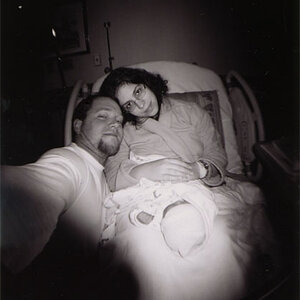
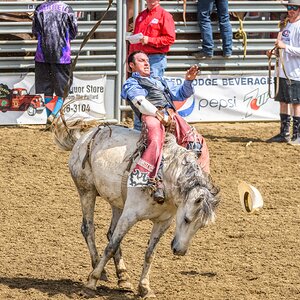
![[No title]](/data/xfmg/thumbnail/41/41889-81d59d4994c91e71aaf805b05b133966.jpg?1619739933)
![[No title]](/data/xfmg/thumbnail/37/37621-b86590cf53fc4001d12701ee3091029b.jpg?1619738152)

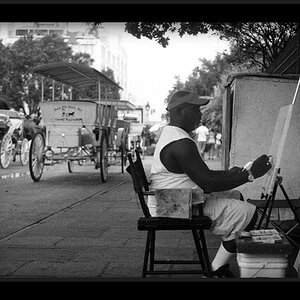
![[No title]](/data/xfmg/thumbnail/39/39438-1eb8b5f82b59d9d0c72ae9025778ed4c.jpg?1619739032)
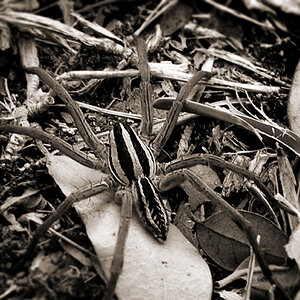
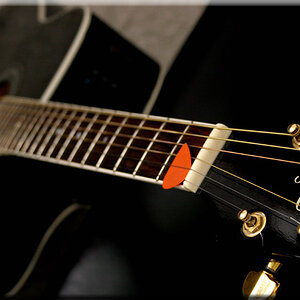
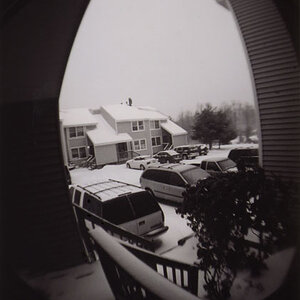
![[No title]](/data/xfmg/thumbnail/36/36102-8cd330c175e72b4b8009082908e60620.jpg?1619737346)